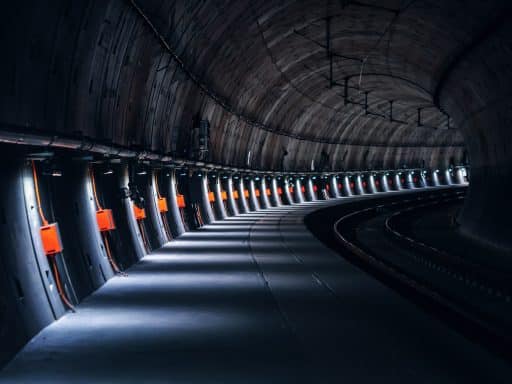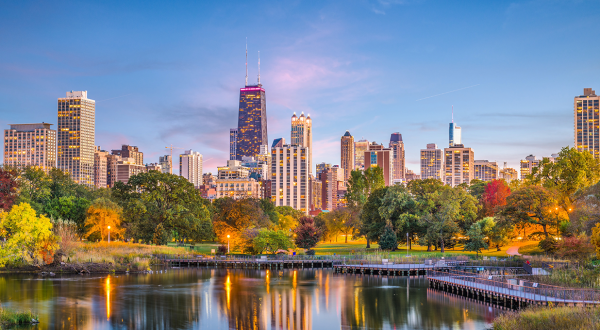By 2030, 70% of the world’s population will live in cities. The city will therefore have to be re-thought in three dimensions, including underground. How can we use the potential of the subsoil?

“Second boring machine almost ready. Will be called Line-Storm…”. On 18 October 2017, billionaire Elon Musk took to Twitter to announce the second generation of TBMs, made by his The Boring Company, which are designed to excavate underground express transport networks underneath large cities in record time. Godot, the first tunnel boring machine made by the U.S. businessman, has already built a demonstration tunnel section in California.
Work on another tunnel with a length of about 16 kilometres is set to get under way soon in Maryland. One still hypothetical idea that Elon Musk’s company is looking into would be to eventually connect New York and Washington by tunnel, with cars travelling underground at very high speed (200 km/h), or even to install a Hyperloop pressurised ultra-sonic capsule.
With the world rapidly urbanising and pressure on agricultural land growing, two solutions are self-evident: building above and below the city. The second approach was a focus of attention at a conference organised by La Fabrique de la Cité (VINCI Group) in Lyon in July 2017, at which architects, urban development specialists, and city planners discussed Elon Musk’s ideas at length.
For controlled, coordinated development
Beyond science fiction and movies, the underground city is already a reality, as projects carried out in such cities as Montreal and Tokyo have long since demonstrated. But large-scale development of underground city life must be well thought out.
Not everyone agrees with Musk’s approach. “What Musk is doing – suggesting that what you don’t want to see on the surface can be put underground – is dangerous. That idea that was widespread in the last century, but that has to change,” said Dutch participant Han Admiraal of ITA (International Tunnelling Association) during the discussions in Lyon.
Australian city planner Elisabeth Reynolds is even more critical. She believes that “This idea creates fear of the underground environment and claustrophobia. It is interesting to see that in the illustrations put out by The Boring Company, the underground is a sort of black hole, completely empty.” She says that far from this simplistic representation, the underground is varied and complex – as well as vulnerable, with geological, hydrological and biodiversity implications.
Major ownership and data issues
Another issue that must be addressed is ownership. “We may end up with a patchwork of disconnected privately-owned tunnels,” said Guillaume Lavoie, a city council member in Montreal, Canada, who believes that concerted involvement of the public authorities is needed.
The conquest of the sub-soil will call for data
Coordinating the conquest of the sub-soil will call for optimised data and shared digital tools. U.S. researcher Michael Doyle said that “The available soil and sub-soil data (from underground construction, water systems, energy supply systems, and so on) must be combined to create appropriate mapping tools.” Who should hold the data remains to be decided.
More information: The seminar held by La Fabrique de la cité in Lyon (July 2017); the Deep City project on subsoil resources and sustainable development of urban spaces
13/02/2018


